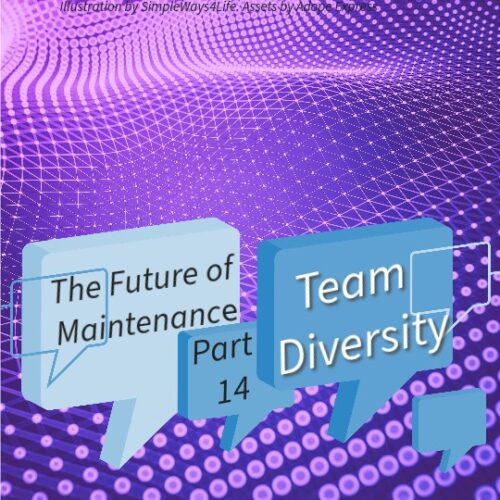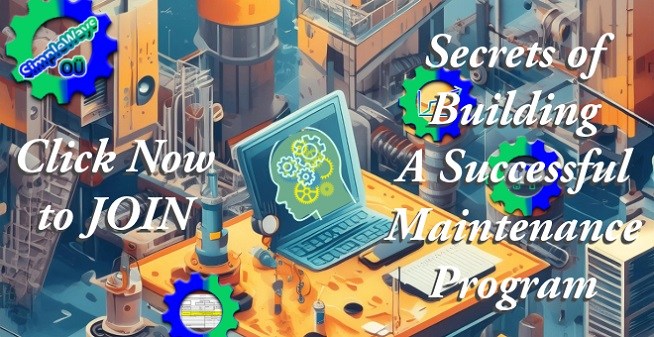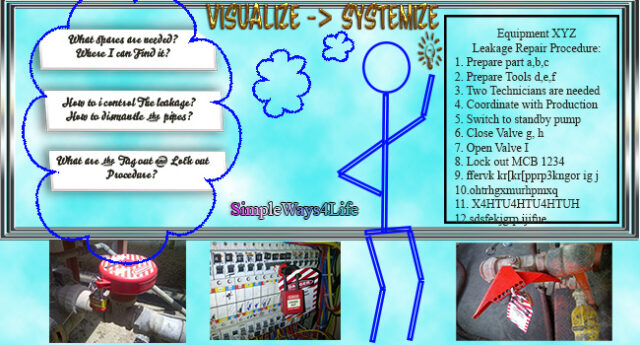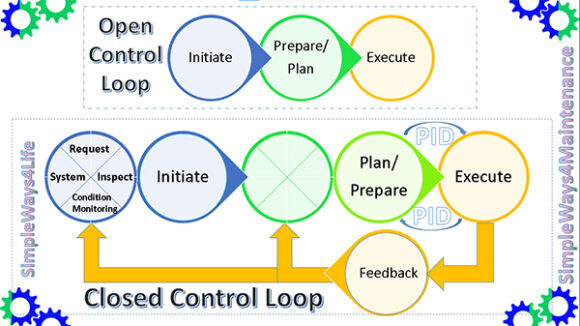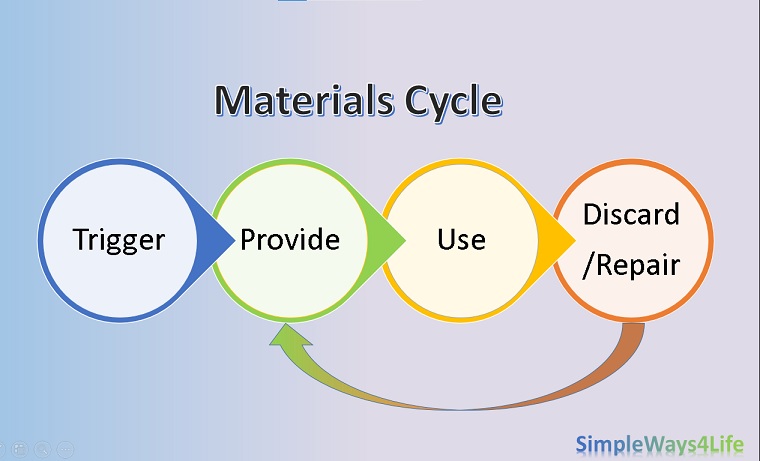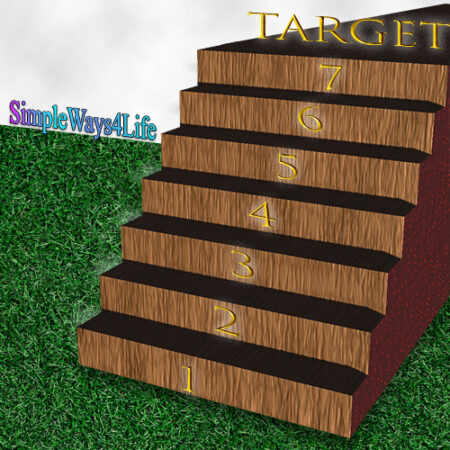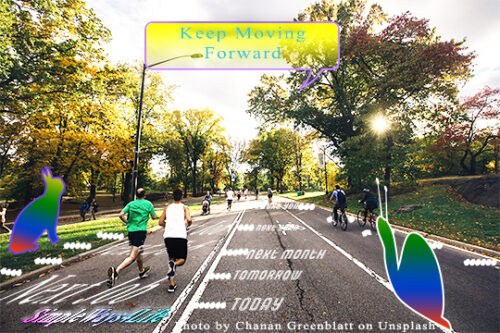Diversity has many perspectives. When we look to the team’s culture, gender, race and skills, we can find some natural diversity in each of them. The only way to prevent this natural phenomena from happening is selecting a certain culture, gender and race. However you can never escape the skill diversity. Even though you can increase the minimum level of the technical skills that can pass the technical interview, you end up with a team with diverse technical skills. Why? that what we are going to chat about today. Why there is natural diversity in the skills? and, Why it is a good thing to be there?
Creating a skill is a multi facet process that might occur naturally to us or we may intend it.
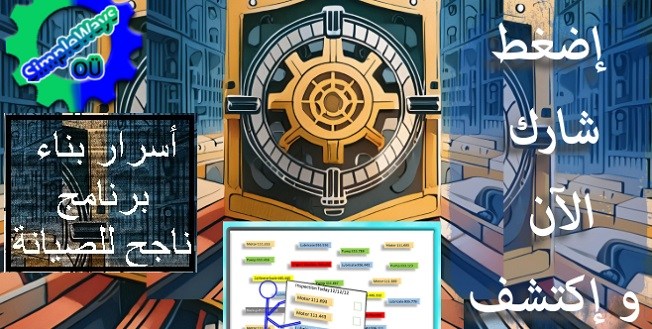
CUSTOMPRICE-TO2JAN26
The matrix that creates the skills and their diversity
Usually there is a motivator behind the effort we exert to learn a new skill (You can read more about it here: Release the frustration while learning a new skill). This could be our determination to level up or to change career. Or even we might want to apply for a job that requests this skill. Other times, it occurs naturally. That’s when we want to go fishing with our friends. Or maybe our team at work do it naturally so we inherit this skill. On the other side of the scale you can find those who learnt the skill because it was a prerequisite to continua working in this position. Or, those who will miss a promotion if they do not posses this skill. So the first step is the motivator behind learning the skill. This motivator will shape the experience and our feelings towards it and how deep is our engagement with it.

CUSTOMPRICE-TO2JAN26
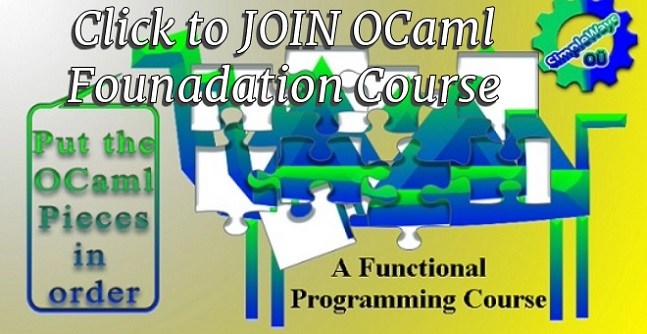
CUSTOMPRICE-TO2JAN26
Sources of learning a skill and the diversity of skill mastering
The second column of the matrix will include the sources of learning the skill. And the effort we are ready to dedicate for this process. Usually the best way to learn a skill is practicing it. However, reading about it or gaining some theoretical background about it will deepen the experience. Also, whether this training is a formal one or a casual imitation of what you see, will affect the level of experience we reach.
The least level of this column will inhouse those who are digging their ways to the new skill while forced to do that. Nevertheless, they can be innovative and can come up with creative ways of doing it that might disrupt the conventional way of doing things. However, this is not usually the case even the formal training can’t guarantee the best outcome. Some of those who take driving classes and pass the exam and receive the driving license are driving horribly and some are excellent drivers.
The skills matrix has other columns like the practice, the environment and the openness to receive feedback
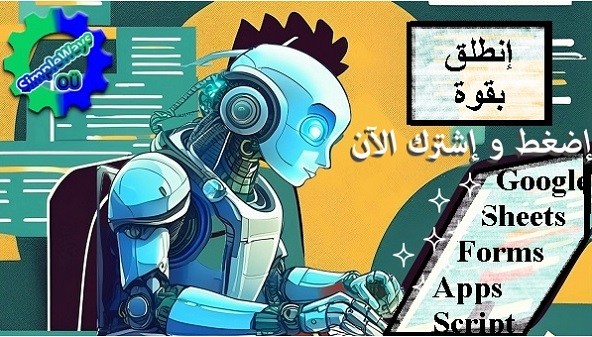
CUSTOMPRICE-TO2JAN26
People are diverse in their acceptance or seeking for feedback
The next column in the matrix of building a skill will be the practice and leveling up. Usually this column as well as the previous columns is affected by the environment or let’s better describe it as the context. Some of the professional football players are all the time part of the bench i.e. the substitute of the team. If the coach doesn’t intentionally push them in some matches to get used to the stress of the actual game, they won’t be ready when needed in a real match. that’ is not different from any other skill. Staying for long time without practicing real application of the skill will limit the growth of the skill if not diminish it.
The other factor affecting this column is the growth. Levelling up is not only a result of practicing but, it is fueled by the feedback we receive about the job we do and the benchmarks we compare our accomplishments to. In the workplace those bench marks might be generall ones. In other words, the workplace benchmarks are more related to the complete job not the individual skills that together created the job. That’s a key to team work that we shall talk about in the next session. But for now to maintain and level up your skill, you need a personal benchmark or reference that will tell you how far you had reached.

CUSTOMPRICE-TO2JAN26
Seeking true feedback as a gate to growth
The other gate to levelling up is seeking a true feedback from a reference you trust. On the negative side of the scale this call for feedback stems from seeking validation. That’s not worse than hiding from any chance to receive a true feedback. Both of them reflects a self trust that needs a push up. On the opposite side of the feedback scale lies those who actively seeks certifications or join competitions. They deliberately be vulnerable. They don’t mind being not the best but they actively look to be the best. There are 10 or 100 competitors in the competition being in the top 20 or even 30 percentile might not be the best achievement for them but it doesn’t disappoint them..
Others are polished by the competition environment and their true skills show up. This appears clearly in the presentation skills. Some of us are natural skilled presenters. Some are afraid-to-death and fail to present. Others are initially anxiousthen once the presentation starts they find themselves in explanation and discussions that they deeply impress the audience regardless of their initial fear.
The diversity of the team technical skills
As we had seen from the matrix that is interlaced to build and develop a skill, it is an easy job to mess out about how skilled you are. That’s equally applied for any technical interviewer who is targeting a certain category of skilled team members. The drift towards the natural distribution of skills and capabilities will create a naturally distributed skill levels within the team. The diversification of the complementary skills between different team members is crucial to create a complete cohesive team. However, sometimes you may target a certain technical skill as argon welding or PHP developers.
Even if you raised the bar and targeted only the best skilled candidates to join the team in any of these specialities. After some time they will be naturally distributed around the level you had used to select them. All the elements in the matrix that constructs the skills work together. But, they work differently for each team member.

CUSTOMPRICE-TO2JAN26

CUSTOMPRICE-TO2JAN26
Many claim that the diversity of the skill level and the skill sets between team members is better for the team work and team creativity. Also the diverse skill levels creates different perspectives for the problems and hence introduce better comprehensive solutions. Moreover, it creates an opportunity for the inter-team skill sharing and support. This opens the doors for other soft skills as communication and leadership. As long as reincarnation is not feasible for commercial use, you can’t create 10 copies of your best team member. Not to forget that you yourself might be biased when choosing the best team member. But let’s talk about biasing in a separate chat.
In Conclusion,
Diversity of the technical skills and the skill levels among the team is naturally driven through a matrix of factors affecting the skills building and levelling up. Even though the recruiting team selects all team members above a certain threshold of competency, with time they will be normally distributed around this threshold. The diversity of technical skills and skill levels when carefully chosen to be complementary will strengthen the team decision making, team capabilities and team soft skills.
Further readings:
If you feel you need help with any of these ideas we discussed, request a Management Consultancy or Coaching Services From our Store

